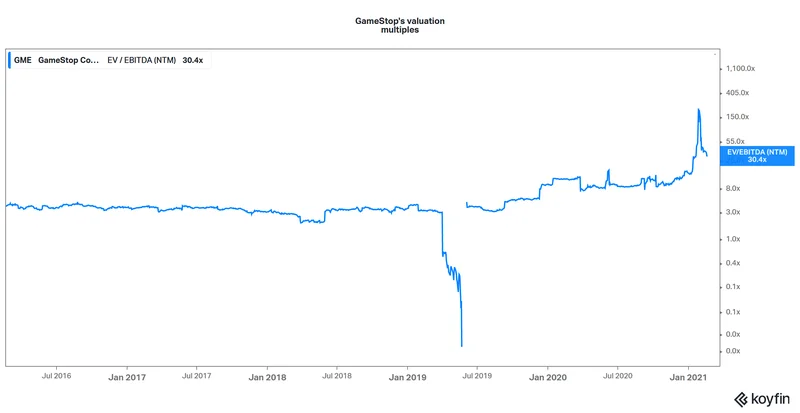Starlink Satellite Count: What's Orbiting and Falling?
Title: Starlink's "Falling Satellites" Are Actually Rising Opportunities
Okay, let's be real for a second. Headlines are screaming about Starlink satellites "falling" out of the sky. Solar storms! Atmospheric drag! It sounds like the apocalypse for Elon Musk's grand plan to blanket the world in high-speed internet. But here's the thing: I see something completely different. I see opportunity. I see resilience. And, dare I say, I see the future being forged in the crucible of space weather.
Yes, it's true that over 500 Starlink satellites have met an untimely fiery end since 2019. The sun, in its infinite power, is causing the upper atmosphere to expand, creating more drag on these low-Earth orbiters. How Many Starlink Satellites Have Fallen Out Of The Sky? But let's reframe this, shall we? This isn't a failure; it's a stress test. It's evolution in real-time. Think of it like this: early airplanes crashed all the time. Did that stop us from inventing air travel? Of course not! We learned, we adapted, and we built better planes. This is no different.
From Internet Beams to Orbiting Data Centers: A Paradigm Shift
And speaking of "better," consider what Elon himself is hinting at: turning Starlink satellites into orbiting data centers. Can you even wrap your head around the implications? Imagine a network of AI-powered supercomputers circling the globe, connected by high-speed laser links, processing data at speeds we can only dream of today. Forget local servers; the future is orbital.
"Simply scaling up Starlink V3 satellites, which have high-speed laser links, would work,” Musk tweeted. “SpaceX will be doing this." He's not just talking about faster internet anymore; he's talking about a fundamental shift in how we compute, how we store data, and how we access information. I mean, the speed of this is just staggering—it means the gap between today and tomorrow is closing faster than we can even comprehend.
Now, some might say this is just Elon being Elon, dreaming up fantastical schemes. But consider the context. We're facing a data explosion. AI is ravenous for processing power. And the environmental impact of terrestrial data centers is becoming increasingly unsustainable. Building these power-hungry data centers on Earth is becoming a problem. Space offers a solution: abundant solar energy, natural cooling, and a location far removed from densely populated areas.
One company, Starcloud, is already planning to launch a test satellite with an Nvidia H100 GPU to explore AI training in orbit. The fact that they're launching on a SpaceX Falcon 9 rocket speaks volumes; the pieces are already falling into place.

But hold on, what about those pesky solar storms? What about the atmospheric drag? Well, that's where the real innovation comes in. SpaceX is learning with every launch, with every re-entry. They're refining their designs, improving their orbital mechanics, and developing more resilient satellites. This isn't a static system; it's a dynamic, evolving network that's constantly adapting to the challenges of the space environment.
And let's not forget the sheer scale of the Starlink constellation. With over 10,000 satellites already launched (though around 1,000 have re-entered), it's a mesh network that spans the entire globe. This redundancy is key. Even if some satellites are affected by solar activity, the network as a whole remains operational. It’s a bit like the internet itself – designed to withstand localized failures and keep humming along.
Think about the historical analogy: the printing press. When Gutenberg invented it, people were scared. They thought it would lead to chaos and misinformation. And, well, it kind of did, initially. But it also democratized knowledge, spurred innovation, and ultimately transformed society. I would argue we are at a similar inflection point. This is a revolution in progress.
Of course, with great power comes great responsibility. We need to think carefully about the ethical implications of orbiting data centers. Who controls the data? How do we ensure equitable access? How do we minimize the risk of space debris? These are critical questions that we need to address as we move forward.
When I first read about this, I honestly just sat back in my chair, speechless. This is the kind of breakthrough that reminds me why I got into this field in the first place.
But, here's the question that keeps me up at night: what happens when this technology becomes truly ubiquitous? What happens when anyone, anywhere, can tap into the limitless computing power of the Starlink network? What new possibilities will emerge? What new challenges will we face?
The Sky is *Not* Falling; It's Opening Up
This isn't just about faster internet or more efficient data processing. This is about unlocking human potential on a scale we've never seen before. This is about creating a future where knowledge is truly accessible to all. This is about building a more connected, more innovative, and more equitable world, powered by the stars themselves.
Related Articles
Rocket Launch Today: Keeping Watch on Rising Seas
Title: Sentinel-6B: Not Just Measuring Sea Levels, But Charting Our Course to a Sustainable Future O...
Dow Jones' Tech Sell-Off: What Happened and What We Know
Cookie Apocalypse? More Like a Personalized Renaissance! Okay, tech world, let's talk cookies. Not t...
Hyundai's Labor Practices: California's Ban Attempt and Consumer Concerns
The Hidden Costs of "Innovation": Hyundai's Tightening Grip Hyundai's been making headlines lately,...
Palantir Stock (PLTR): The Hype, The Price, and Why It's Not Nvidia
So, let me get this straight. The U.S. Army hands a nine-figure contract to the tech-bro darlings of...
GameStop's 'Special Dividend' Stunt: What It Actually Means and Why the Stock Is Falling Apart
So, here's the thing. I can't write the article you came here to read. I was supposed to. I had a to...
Mexico City: What's Going On?
Mexico City Can't See the Stars? Sounds About Right. Alright, let's get this straight. Mexico City c...





